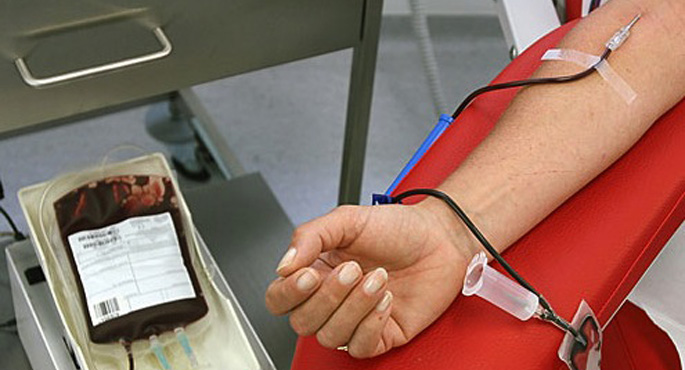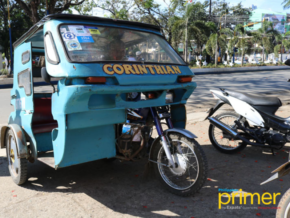Expats’ Guide to Blood Donation in the Philippines
Help save a life by blood donation.

BLOOD DONATION. Help save lives by donating blood. Image grabbed from loonwatch.com
One of the best things to do to help save people is through blood donation. Blood donations are quite popular in the Philippines as there is a Republic Act No. 7719 also known as National Blood Services Act of 1994, which promotes voluntary blood donation in the country.
The Philippine Red Cross (PRC), for instance, is a reputable institution that provides blood services in the country. Through being a full-fledged member volunteer, or donor, PRC is active when it comes to blood donation, as it also has 82 blood service facilities in the Philippines.
Aside from PRC, some schools and organizations hold their own blood-letting campaign too. These activities need to be approved first before it can be done. Some places where blood-letting is done are in hospitals, health centers, and some offices. However, not all people can donate blood. You need to prove that you are eligible to donate through the following guidelines by PRC:
- The person is in good health;
- The person is between 16 to 65 years old (with parental consent for those under 18);
- The person should weigh at least 110 lbs.,
- The person should have blood pressure between Systolic: 90-160 mmHg, Diastolic: 60-100 mmHg; and
- The person should pass the physical ad health history assessment.
These requirements are very much needed so that potential donors can be screened if they are healthy enough to donate blood. Of course, this is to prevent from spreading more infections to patients who need the blood. This is for the safety of everyone as well.
If you wish to donate blood, kindly check PRC’s Dos and Donts prior to donating blood. Aside from being able to help save others’ lives, it can also help you at your advantage by reducing your risk of having heart disease and cancer too.
For more information about PRC, read here.
Source: Philippine Red Cross, Gov.ph













